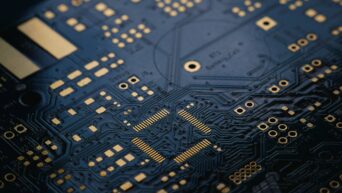Not everyone wants a robot for a best friend.
One of the most innovative pieces of technology in the works right now is the social robot. Social robots could perform rescue operations, play football, clean solar panels, assist in surgery, serve drinks, and create fashion, among a myriad of other features.
The Hubot, in particular, is expected to revolutionize the social industry. These robots are designed to engage with people and create an emotional connection with them. With the use of artificial intelligence, the robots act on information received through cameras and other sensors. Advances in AI have allowed designers to translate psychological and neuroscientific insights into algorithms that will allow the robots to recognize voices, faces, and emotions, interpret speech and respond appropriately, make eye contact, and have conversations with humans.
People have reservations, however, about robots. Many worry that social robots will be taking over jobs and leaving people searching for work. Currently, there is a robot named Pepper who is performing tasks such as hotel check-ins, airport customer service, shopping assistance, and fast-food checkout. There are currently 15,000 Peppers worldwide.
One of the positives about the robot is the impact it is having on the elderly population. A therapeutic robot resembling a baby seal has been developed to stimulate and reduce stress for those with Alzheimer’s disease and other patients. It engages with the elderly by reminding them when to take medication, when to take a walk, and when to call family members. Many elderly people find these robots as a comforting companion.
Robots, with all of their positives and negatives, continue to thrive each year. It is expected that the robotics market will grow to $19 billion by the end of 2025.
































